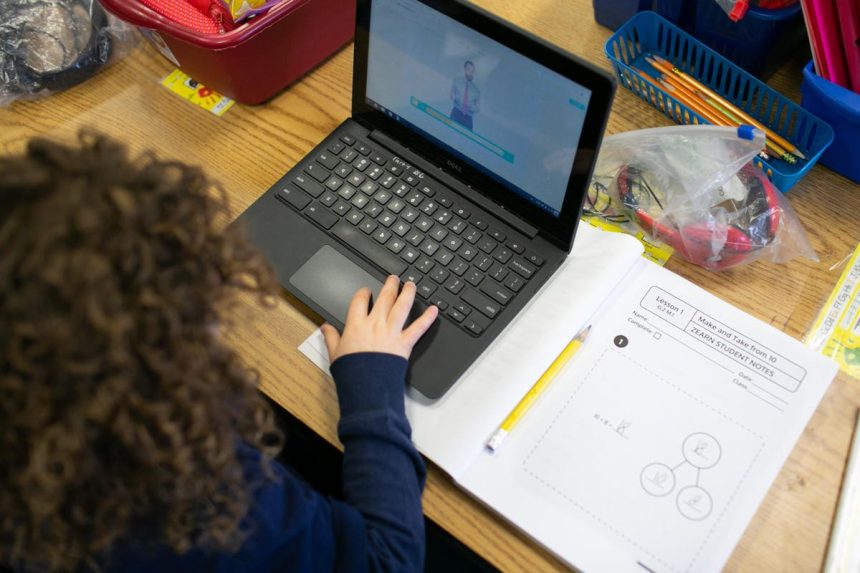The new school year is kicking off around the country, with more than 52 million students in approximately 98,577 public schools heading back. And while most students will be in the classroom by Labor Day, educators are still reeling from news they received at the end of the previous school year.
That’s when the National Assessment of Educational Progress released scores for a nationwide sample of 13-year-old students, showing that average math scores fell by 9 points between 2020 and 2023 as reading scores fell by 4 points. Scores on the math exam plummeted to their lowest levels since 1990, while reading scores dropped to their lowest since 2004. The drop was even more pronounced for the nation’s lowest performing students.
Peggy Carr, commissioner of the National Center for Education Statistics, put a fine point on the dramatic decline in scores. “The ‘green shoots’ of academic recovery that we had hoped to see have not materialized,” she said in a statement, underscoring the tall mountain to climb this fall.
No one has all the answers on how to reverse the drop, of course, and there are plenty of experts offering salves. But at least one leader is convinced that, when it comes to math, the U.S. can make strides through a combination of overcoming long-held misperceptions about math fluency and teaching it differently.
Shalinee Sharma is CEO and co-founder of Zearn, a non-profit educational software organization that developed a widely used digital math program for elementary and middle school students. She says that fixing what ails math education rests on correcting the thinking that a student is either innately capable at math or isn’t.
“We in this country really think that you’re born to be able to do math,” she told me recently in an interview on the Route K-12 Podcast. “But what we don’t believe is that most kids can learn math.”
She said that when kids can’t learn to read, adults are held accountable, “and when kids don’t succeed in math, we don’t get mad at the adults. Instead, we absolve the children of any suffering, and we say, ‘oh, don’t worry, you’re just not a math kid.’”
One way to keep children engaged in math while not succumbing to a feeling of dread is to help students make sense of math, she said. So, for example, Zearn introduces the concept of zero and why anything in an equation multiplied by zero equals zero. Its curriculum incorporates real-world representations like plates of cookies to drive home the concept, and concepts are sticking.
Zearn also focuses on what it calls learning acceleration, which allows students to learn grade-level topics while addressing specific skills and knowledge that they may have missed from before.
The results thus far have been impressive. In one study, students who used Zearn grew 1.3 grade levels in one year of learning.
As the school year opens, Sharma stresses the long-term importance of making certain all children are open to math and capable in math. Because success in math equates to very positive outcomes over a lifetime.
“What we know about math teaching and learning is that we know student success in algebra is most predictive of them getting through high school, graduating from high school, getting into college and getting through college,” she says.
Math achievement changes lives and career trajectories, she says, adding, “we don’t have other subjects that show us those same kinds of outcomes.”
Read the full article here










